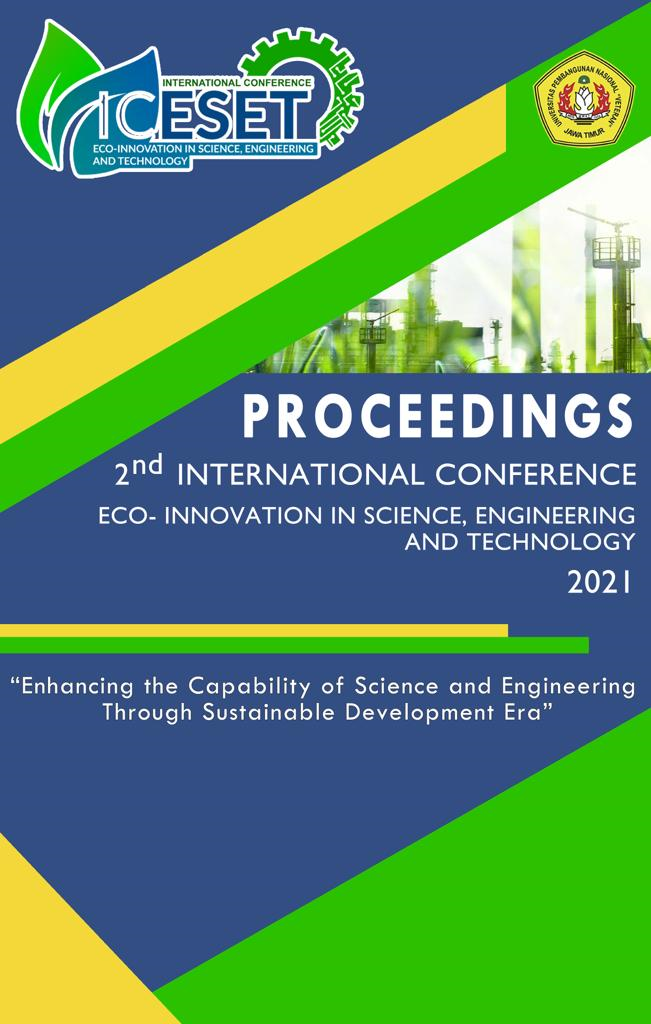Characterization of Organic Fraction Produced by Spirulina platensis in Oxidation Ditch Reactor
DOI:
https://doi.org/10.11594/nstp.2021.1428Keywords:
Spirulina platensis, oxidation ditch, fluorescence excitation emission matrix, fluorescence regional indexAbstract
The biggest source of river water pollution is domestic wastewater, about 60-70% with 6.1% treatment and 40% of the pollution comes from industry or others and is exacerbated by the uncontrolled algae growth. The diversity of algal organic matter (AOM) in domestic wastewater causes several problems in water treatment. Fluorescence Excitation Emission Matrix (FEEM) has been widely used to determine the structural and compositional characteristics of molecules. The purpose of this study was to determine the characteristics of the AOM fraction produced by the microalgae Spirulina platensis using FEEM. The peak percentage of EEM and the Fluorescence Regional Index (FRI) was used to represent the substance contained in the sample. The results showed the microalgae Spirulina platensis identified as containing fraction aromatic protein-like, fulvic acid-like, soluble microbial product-like, and humic acid-like where the percentage of FRI of each fraction fluctuates due to internal factors such as microbial carbon sources and external factors such as temperature and oxygen supply.
Downloads
Downloads
Published
Conference Proceedings Volume
Section
License
Copyright (c) 2021 Fairuz Khurotul Aini, Valentino Rizkiar Pradana, Euis Nurul Hidayah, Okik Hendriyanto Cahyonugroho

This work is licensed under a Creative Commons Attribution 4.0 International License.
Authors who publish with this proceedings agree to the following terms:
Authors retain copyright and grant the Nusantara Science and Technology Proceedings right of first publication with the work simultaneously licensed under a Creative Commons Attribution License that allows others to share the work with an acknowledgement of the work's authorship and initial publication in this proceeding.
Authors are able to enter into separate, additional contractual arrangements for the non-exclusive distribution of the proceedings published version of the work (e.g., post it to an institutional repository or publish it in a book), with an acknowledgement of its initial publication in this proceeding.
Authors are permitted and encouraged to post their work online (e.g., in institutional repositories or on their website) prior to and during the submission process, as it can lead to productive exchanges, as well as earlier and greater citation of published work (See the Effect of Open Access).














